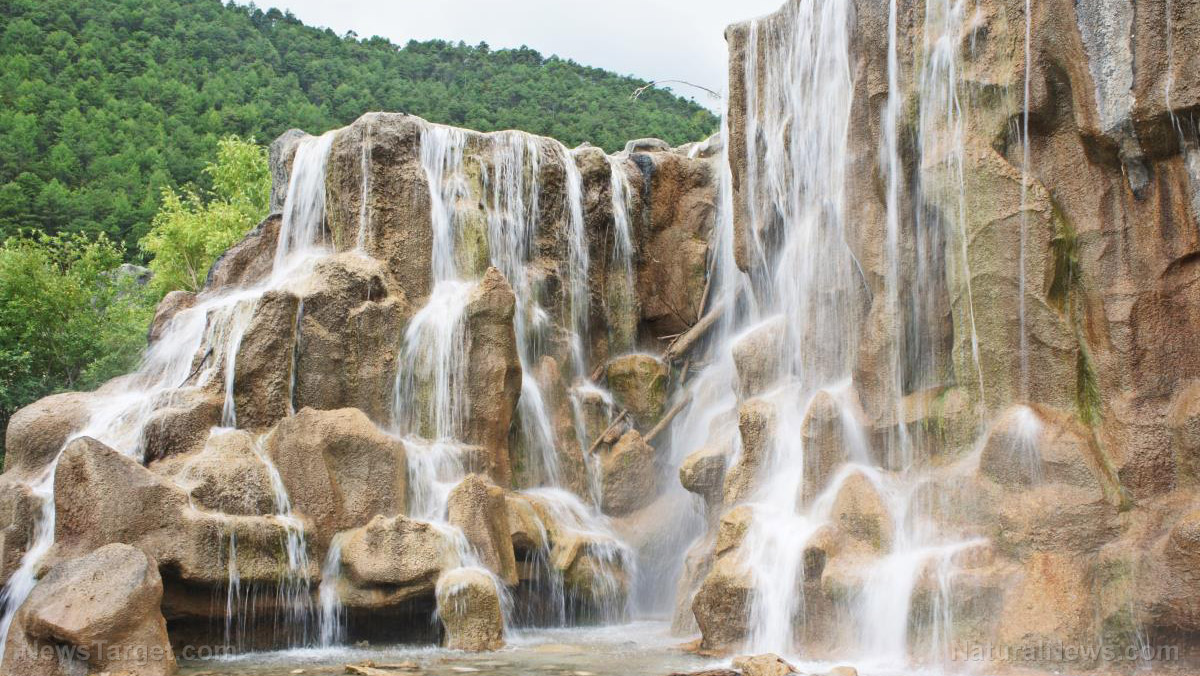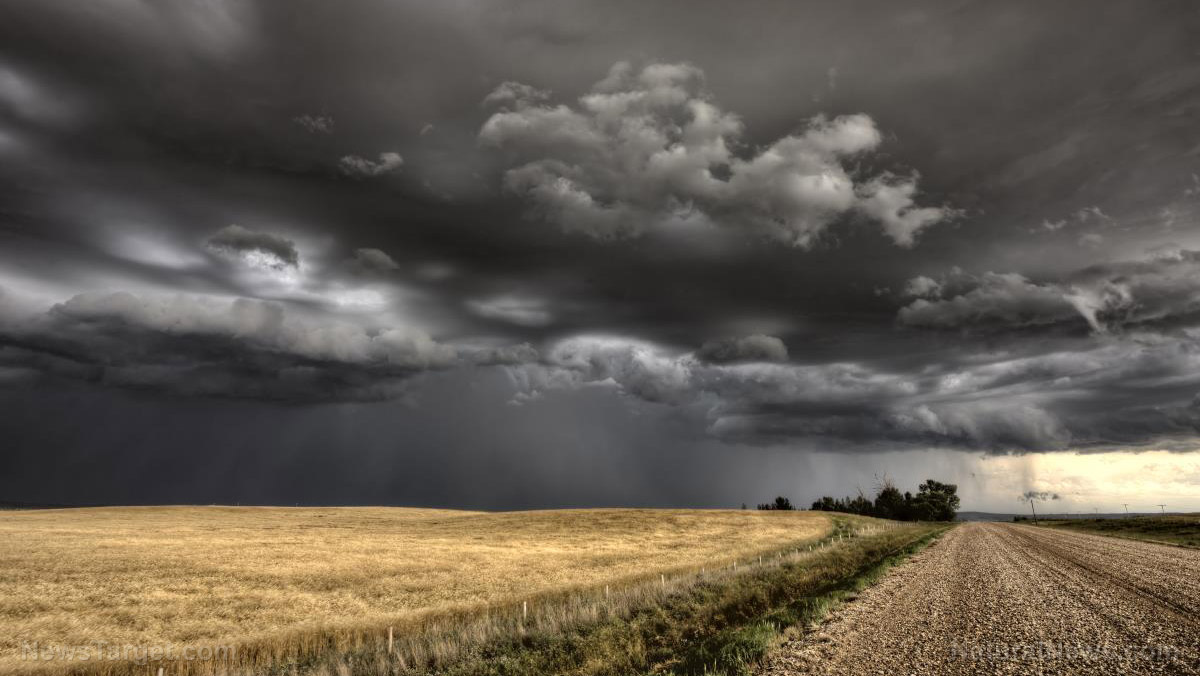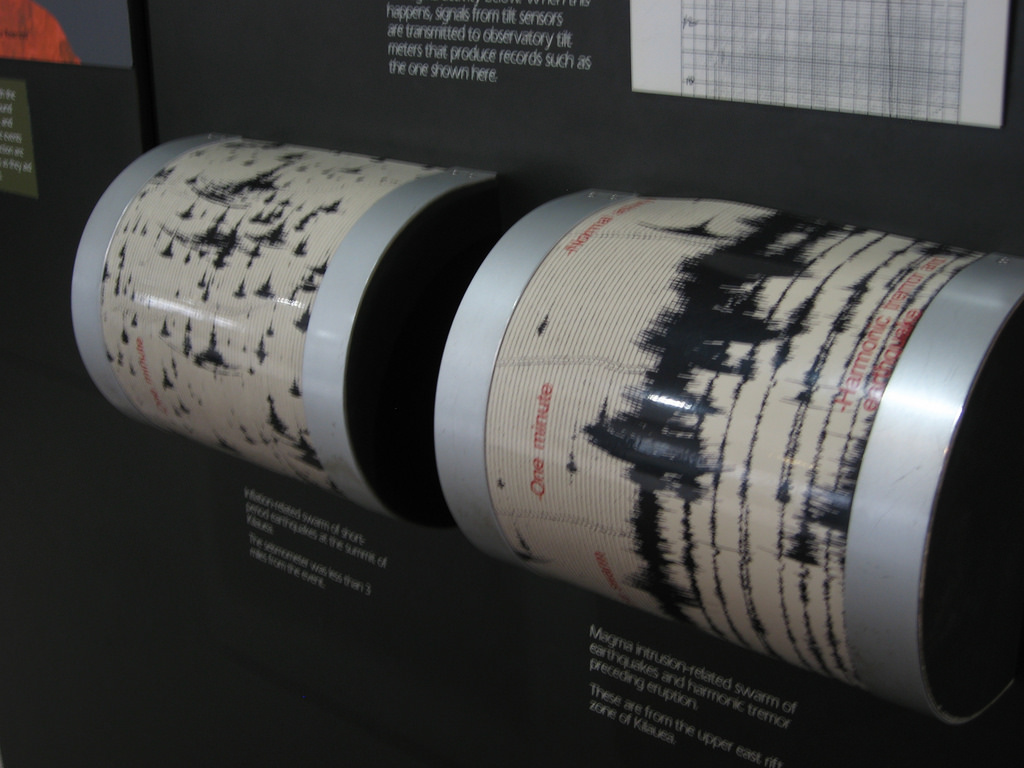
Advertisement
If the Yellowstone Caldera, probably the world’s strongest supervolcano, suddenly erupted, it would be unlike any eruption people have experienced. For comparison, some of the strongest volcanic eruptions ever recorded were the 1991 Mount Pinatubo eruption and the 1815 Mount Tambora eruption. The Pinatubo eruption was so powerful that it cooled the planet by 1.8 degrees for several years. The Tambora eruption, meanwhile, reduced global temperatures so much that large scale famines occurred throughout the world the following year. Not only that, but the eruption also triggered snowfall in New England in June. The year was so terrible that 1816 is forever known as the “Year Without a Summer.”
The modern Volcanic Explosivity Index (VEI) places the Pinatubo and Tambora eruptions at levels 6 and 7 respectively. If the Yellowstone Caldera were to explode, however, it would be ranked at a level 8 or even higher. This eruption would spew ash across almost the entirety of the United States. It would damage buildings, smother crops and shut down power plants, creating an unmitigated disaster that could lead to the deaths of thousands. Here’s what you can do to prepare for a similar eruption. (h/t to TheSurvivalistBlog.net)
Before the eruption
- Do research into your immediate environment and figure out if you live in a high-risk area for volcanic eruptions.
- Local authorities may have evacuation procedures in place for some kind of natural disaster. Figure out their emergency procedures and learn where the shelters are, if there are any.
- Create and practice evacuation plans. You will all need to learn where to evacuate and how to communicate with family during emergency situations.
- Early warning notifications can save your life. Make sure to activate them on your smartphone so that you can bug out quickly and efficiently.
- Stock up on emergency supplies – food, water, medicine and protective clothing such as industry-certified N95 face masks that can keep out volcanic material. Don’t forget to make copies of family, legal and financial documents and bring them with you when you bug out.
- If you have a medical condition, such as persistent breathing problems or lung disease, a volcanic eruption will be exceptionally terrible for you. Consult with your healthcare professional to figure out any precautions you need to take to deal with volcanic material.
During the eruption
- If your primary threat is ashfall, stay indoors. Close any vents in your home and seal off your windows, doors, chimneys and any cracks and crevices where volcanic debris can enter. (Related: Think you can survive a volcanic eruption? Here’s what to expect.)
- If you’re outside during the eruption, protect yourself against ashfall. Wear clothing that can cover every part of your body, such as hoodies, and cover your face with glasses, goggles and N95-grade face masks.
- If you still have access to communications services, such as through your smartphone, radio or TV, keep yourself updated. You will need as much information as you can get.
- If your area has ordered a complete evacuation, bug out immediately. The best way to keep yourself safe from a volcanic eruption is to be as far from the volcano as possible. Once it’s safe to leave or once the authorities in your area order a complete evacuation, pack up and head out as soon as possible.
- While you’re evacuating, be sure not to travel downwind or downstream of the volcano. Ash and other debris can be guided by the wind and waterways can turn into lahar streams, a deadly mixture of boiling lava, volcanic ash, mud, rock and water.
After the eruption
- Once the eruption ends, the ash and other volcanic material may still be in the air or on the ground. Don’t risk getting contaminated by wearing protective clothing and face masks. Pets are more sensitive to ashfall and volcanic debris, so you may have to keep them indoors for the time being.
- Reach out to your family and friends. Call, text or chat with them on social media to check up on them. Knowing they’re safe can go a long way with improving your mental state.
- If you stayed at home during the eruption, or if you’ve come back home once the all-clear signal has been given, take care to remove the ash build-up from your roof. Ash is a lot heavier, especially when it piles up and it can place an incredible amount of strain on your roof. As safely as you can manage, sweep or push off the ash from your roof.
A volcanic or supervolcanic eruption is certain to be a terrible disaster. However, preparing for it isn’t impossible. If you start investing both time and money in survival supplies and bug out plans now, you may be better prepared for when the eruption happens.
Sources include:
Advertisement
Advertisements
















